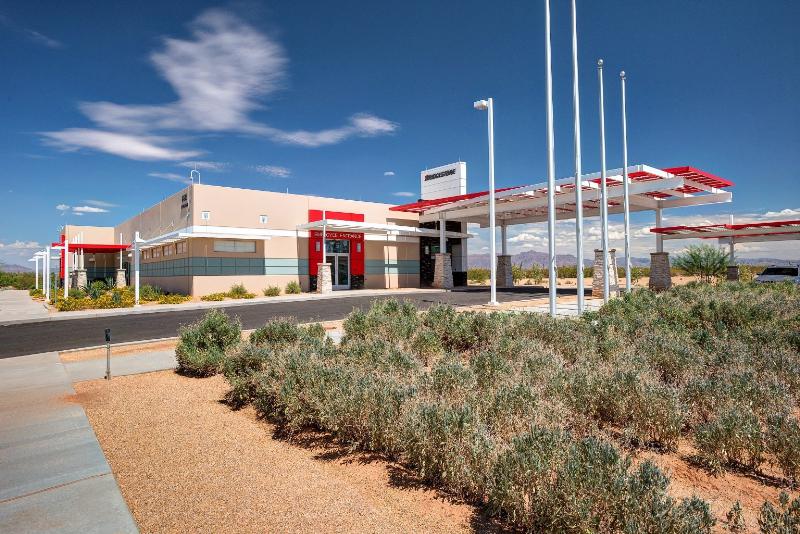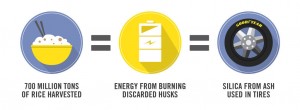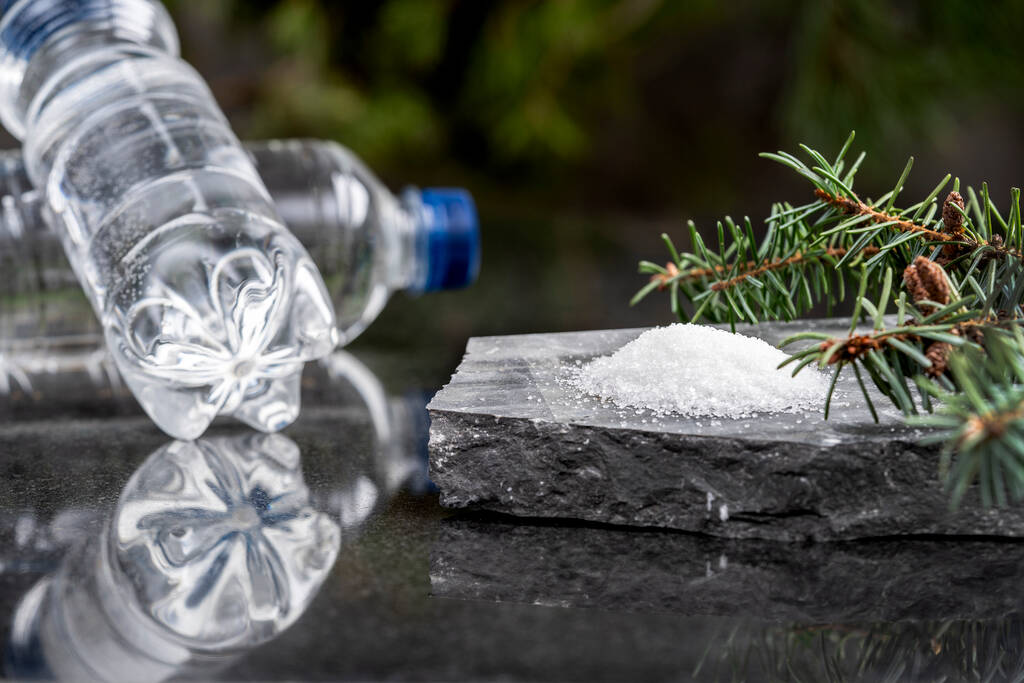Bridgestone Americas announced the grand opening of its Biorubber Process Research Center in Mesa, Arizona. The 10-acre research and innovation campus is the center of Bridgestone’s efforts to extract natural rubber from guayule, a shrub native to the southwestern U.S.
Bridgestone said it expects to have preliminary guayule rubber samples produced at the Biorubber Process Research Center within the next month. Guayule rubber has qualities almost identical to those of natural rubber harvested from hevea rubber trees, making it a potentially valuable source for tire-grade rubber in commercial applications. Currently, more than 90% of the world’s natural rubber supply comes from hevea rubber trees grown in Southeast Asia.
Bridgestone said it is positioning itself to meet the constant, anticipated growth in demand for natural rubber, while also moving closer to achieving its long-term vision of manufacturing products from raw materials that are fully renewable and sustainable by 2050.
The Biorubber Process Research Center site includes an 8,300-square-foot single-story office and laboratory building; a four-platform, 3,500-square-foot shrub prep building; a 5,500-square-foot, two-level process building for rubber extraction, co-product and solvent recycling; and a 3,100-square-foot mechanical and electrical building.

Bridgestone will supply the Biorubber Process Research Center with biomass for rubber production from guayule grown on its 281-acre Agro Operations Research Farm in nearby Eloy, Ariz. The Agro Operations site includes two greenhouses, an equipment storage building and a main research and laboratory building.
Guayule rubber produced at the Biorubber Process Research Center will be sent to Bridgestone’s technical centers in both Akron, Ohio and Tokyo, Japan. At those facilities, engineers will work to optimize rubber performance within Bridgestone’s product line and explore the full potential for next-generation tires.
In another tire manufacturer news, Goodyear Tire & Rubber company announced that it has been developing silica derived from rice husk ash waste for use on its tires. The ash is a leftover from the burning of rice husks to produce electricity.
The company has tested silica derived from rice husk ash over the past two years at its Innovation Center in Akron, Ohio, and found its impact on tire performance to be equal to traditional sources. Goodyear is negotiating with potential suppliers to purchase rice husk ash silica for use in its tires.
Each year, more than 700 million tons of rice is harvested worldwide, according to the Food and Agricultural Organization of the United Nations, and disposing of the rice husks is an environmental challenge. As a result, husks often are burned to generate electricity and reduce the amount of waste shipped to landfills.
Silica is mixed with rubber in tire treads to increase the rubber’s strength and help reduce rolling resistance, which improves fuel economy. It also can have a positive impact on a tire’s traction on wet surfaces.
Goodyear said it is also looking at other renewable resources, including soy bean oil, to replace petroleum-based materials in tires.





